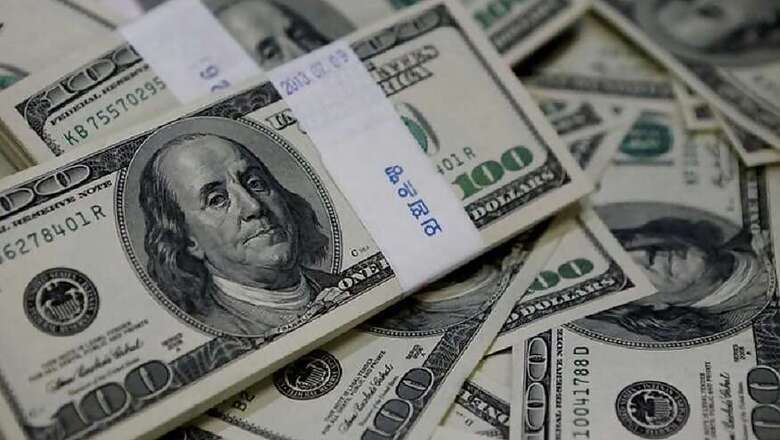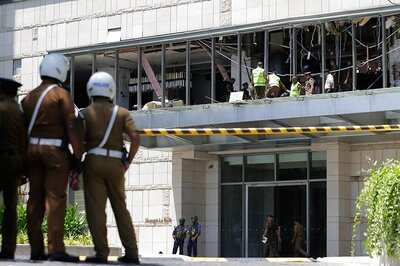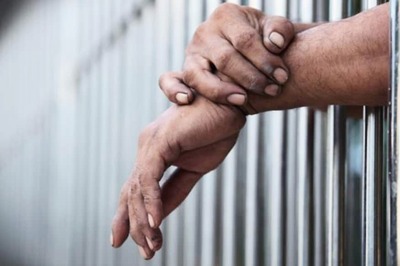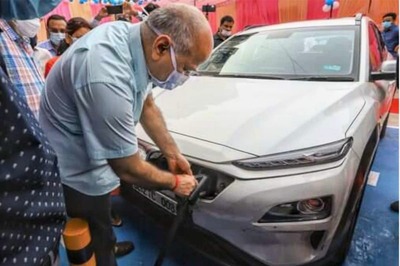
views
Mumbai: Indian companies are lining up to seek dollar-denominated debt as global interest rates soften, but only a few are likely to find it as foreign investors remain wary about the credit quality of many, bankers say.
It's no surprise that firms want to tap the offshore market, given lower rates, ample dollar liquidity, reduced rupee hedging costs and the reluctance of Indian lenders - many of whom are grappling with bad debts - to take on more risk.
Also making offshore debt attractive is that the Reserve Bank of India has eased external commercial borrowings guidelines, and started forward dollar-rupee swap auctions.
From the start of 2019 through Thursday, when the giant Lok Sabha election got underway, more than a dozen companies raised $7 billion offshore, according to Refinitiv.
That's well above the $4.7 billion done in 2018, when dollar liquidity was tight due to four rate hikes by the U.S. Federal Reserve.
And among those aiming for dollar-debt are renewable energy firms Adani Green Energy Ltd, Greenko Group and Azure Power, according to people knowledgeable about their plans.
Together these companies plan to raise over $1 billion in overseas bonds in the next few months, they say.
Also wanting to tap offshore funds are non-bank finance companies (NBFCs) Bajaj Finance, Tata Capital, Tata Motor Finance, L&T Finance and Shriram Transport Finance, according to bankers who estimate that in total they hope to secure $2.0 billion-$2.5 billion.
Along with manufacturing firms, NBFCs are natural applicants for securing offshore funding. The institutions - commonly called shadow banks in India - are the biggest source of funding for small businesses. Many NBFCs need to increase capital, and are struggling to do it domestically.
A STRUGGLE TO SECURE
But bankers say lower-rated ones will also struggle to secure dollar debt, as foreign investors remain skeptical of their credit quality.
Shantanu Sahai, Nomura's head of debt capital markets in Mumbai, said top-rated NBFCs "will easily get access" to offshore money" while a second tier will have to wait until the elections are over, and a third tier face months of trying to convince investors to be confident of their credit quality.
"Investors will only buy debt in those NBFCs which have predictive cash flows," he said.
A series of debt defaults by an infrastructure funding major in September has eroded confidence of lenders and investors in the not-so-tightly-regulated NBFCs, as many remain worried about their asset quality despite policymakers taking steps to improve cash conditions.
The forward dollar-rupee auctions started by the central bank are one factor incentivising Indian firms to seek offshore debt. This has brought down hedging costs by as much as 60 basis points to 3.51 percent on one year forward dollar/rupee rates.
"There are many corporates and NBFCs who are enquiring with us," said a private debt investment banker.
"They are locally AA rated and have not raised dollar bonds before. We are telling them candidly to wait for some more time. It is a market for high-grade, high pedigree corporates now. For the lower rated ones, market conditions are sub-optimal."


















Comments
0 comment